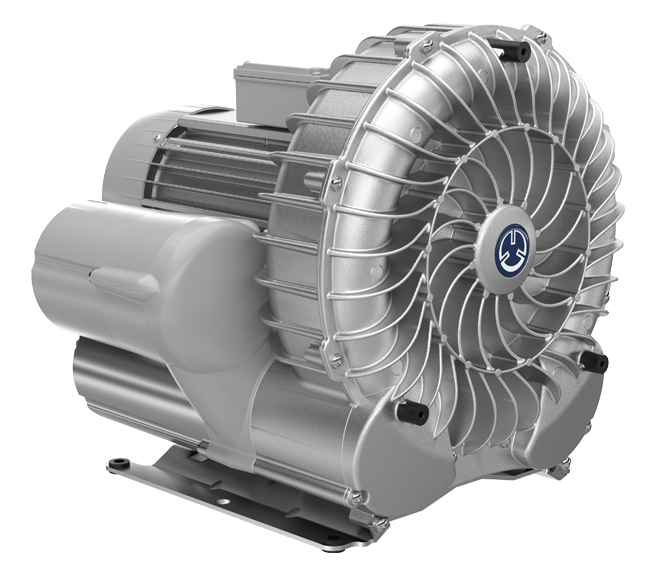Depending on the VFD manufacturer, there will be a motor model in the VFD that attempts to do a dynamic calculation of the thermal load of the motor. And you can usually configure the desired response to a calculated thermal overload, usually it is to limit or reduce the speed.Without question at some point the motor will burn up.
This motor model will not be perfect, but much better than any regular overload relay.
Like I said before, any motor driven by a VFD and especially if does not operate at a constant speed, it is highly recommended to protect the motor with winding thermistors. Any VFD have thermistor inputs for exactly this purpose. If you do protect the motor with thermistors, you can pretty much fool around with the VFD settings, and the motor will not burn up.
I suggest some investigation in the field. With these vacuum blowers you probably cannot see the motor shaft, but you can observe the fan end of the motor when doing the flying start. That will clear up if the blower is rotating in reverse.As I have said before I think your motor is actually driven in reverse by the air flow through it when you try to start it that why you are getting a buss overvoltage fault.





